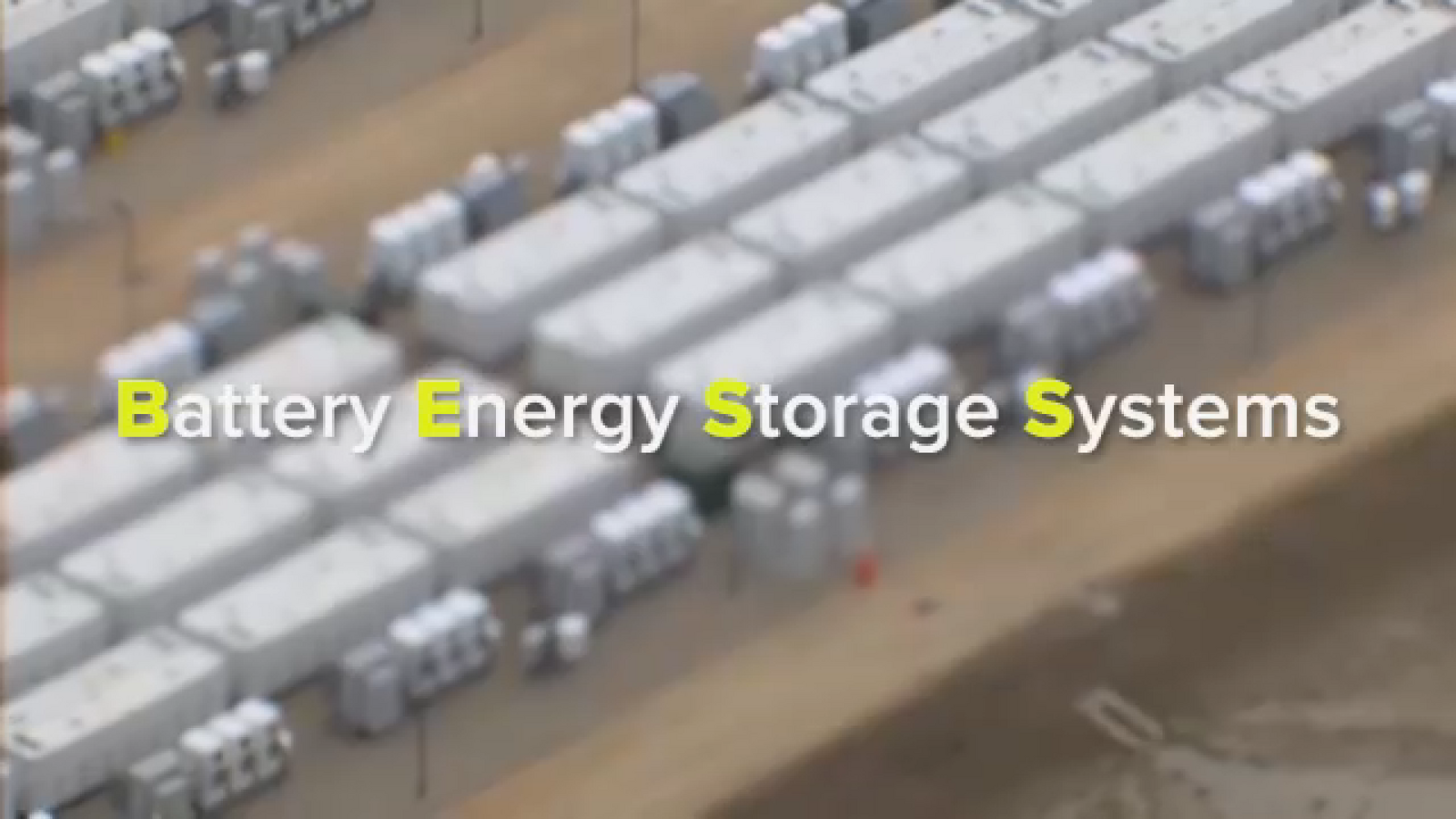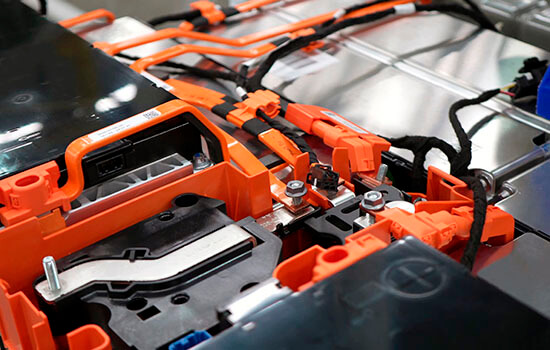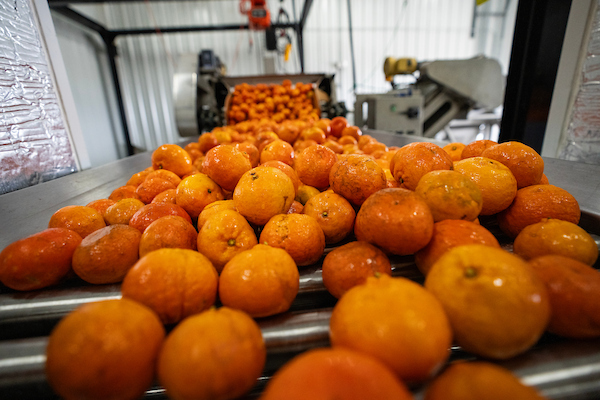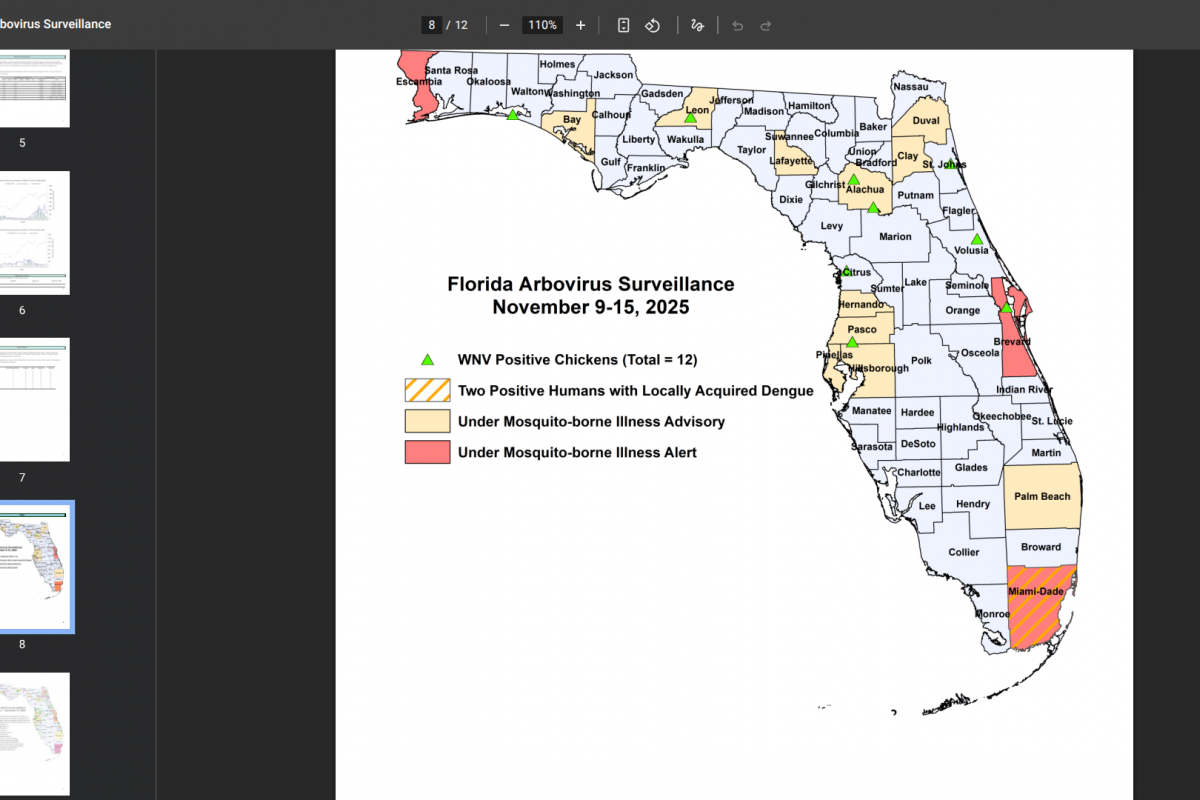Neighbors push back as city leaders revisits $1.2 billion Inner Harbor Desalination Project – KRIS 6 News

Report on Community Opposition to the Corpus Christi Desalination Plant and Alignment with Sustainable Development Goals
1.0 Introduction
A report on the community response to the proposed $1.2 billion Inner Harbor Desalination Plant in Corpus Christi, Texas. Community members and environmental organizations gathered at City Hall to voice significant opposition to the project, citing concerns that conflict with several United Nations Sustainable Development Goals (SDGs), including those related to clean water, sustainable communities, and marine ecosystems.
2.0 Project Status and Official Position
The Inner Harbor Desalination Project, presented as a long-term solution to regional water supply challenges, was reintroduced to the city council agenda following a pause initiated in September due to financial and environmental questions. City Manager Peter Zanoni presented a revised proposal, asserting that the project would not impose a direct cost on the city. The official position maintains that the plant is necessary to secure additional water capacity while minimizing financial risk.
3.0 Stakeholder Concerns and SDG Conflicts
Opposition from community groups, residents, and environmental advocates is rooted in the project’s potential negative impacts, which are in direct conflict with key SDG principles.
- Environmental and Ecosystem Impact: Concerns were raised by Elida Castillo of Chispa Texas and Neil McQueen of the Surfrider Foundation regarding the lack of testing and the potential degradation of water quality in local bays. This directly challenges SDG 14: Life Below Water, which aims to conserve and sustainably use marine resources, and SDG 6: Clean Water and Sanitation, specifically target 6.3 on improving ambient water quality.
- Community and Social Equity: Residents of the Hillcrest-Washington Coles neighborhoods, represented by Mona Lyttle, expressed staunch opposition, highlighting the disproportionate impact on their community. This raises questions about the project’s alignment with SDG 11: Sustainable Cities and Communities, which calls for inclusive, safe, and resilient human settlements. Armon Alex of the Gulf of Mexico Youth Climate Summit warned that negative precedents set in Hillcrest could be replicated in other neighborhoods.
- Economic Viability and Alternatives: Jake Hernandez of the Texas Campaign for the Environment labeled the project a “bad deal for residents.” Advocates are calling for the prioritization of more sustainable water management strategies, such as conservation and reuse, which align more closely with the principles of SDG 6 and SDG 12: Responsible Consumption and Production.
- Governance and Participation: The central theme of the opposition was a call for “Democracy over our water solutions.” This sentiment reflects a demand for more inclusive and participatory decision-making processes, a core tenet of SDG 16: Peace, Justice and Strong Institutions.
4.0 Proposed Alternatives and Recommendations
Opponents have articulated a clear preference for alternative water management strategies before pursuing large-scale industrial solutions like desalination. The primary recommendations include:
- Prioritizing comprehensive water conservation programs across municipal and industrial sectors.
- Investing in water reuse and recycling infrastructure.
- Conducting a thorough and transparent environmental impact assessment on the bays before any project advancement.
5.0 Conclusion
The controversy surrounding the Inner Harbor Desalination Plant highlights a significant disconnect between the city’s proposed infrastructure development and the community’s vision for a sustainable future aligned with global SDG frameworks. Stakeholders have pledged to continue applying pressure on city leaders to ensure that any path forward respects environmental integrity, promotes social equity, and embraces sustainable water management practices as outlined in the Sustainable Development Goals.
Analysis of Sustainable Development Goals (SDGs) in the Article
1. Which SDGs are addressed or connected to the issues highlighted in the article?
-
SDG 6: Clean Water and Sanitation
This is the primary SDG addressed, as the article centers on a proposal for a desalination plant to solve “Corpus Christi’s water supply challenges.” The debate over the plant versus alternatives like “water conservation and reuse” directly relates to sustainable water management.
-
SDG 11: Sustainable Cities and Communities
The project’s location within Corpus Christi and its specific impact on neighborhoods like “Hillcrest-Washington Coles” connect the issue to sustainable urban development. The conflict highlights challenges in urban planning and ensuring community well-being.
-
SDG 14: Life Below Water
Concerns are raised about the “quality of water in our bays,” which could be affected by the desalination plant’s discharge. This directly links the project’s environmental impact to the health of marine ecosystems.
-
SDG 16: Peace, Justice and Strong Institutions
The article highlights a conflict between city officials and community members. The community’s call for “democracy over our water solutions” and the public protests at City Hall relate to the need for inclusive, participatory, and responsive decision-making processes in governance.
2. What specific targets under those SDGs can be identified based on the article’s content?
-
SDG 6: Clean Water and Sanitation
- Target 6.3: By 2030, improve water quality by reducing pollution. This is relevant due to community concerns about the plant’s potential to harm the “quality of water in our bays,” likely through brine discharge.
- Target 6.4: By 2030, substantially increase water-use efficiency and ensure sustainable withdrawals and supply of freshwater. This target is directly addressed by the call from community members to prioritize “water conservation and reuse” as alternatives to building a new desalination plant.
- Target 6.b: Support and strengthen the participation of local communities in improving water and sanitation management. The entire event described, with community members and organizations like the “Hillcrest Resident Association” gathering at City Hall to voice their opposition, exemplifies the push for this target.
-
SDG 11: Sustainable Cities and Communities
- Target 11.3: By 2030, enhance inclusive and sustainable urbanization and capacity for participatory, integrated and sustainable human settlement planning and management. The protest against the plant’s impact on the “Hillcrest-Washington Coles neighborhoods” and the demand for a greater say in the decision-making process reflect the core of this target.
-
SDG 14: Life Below Water
- Target 14.1: By 2025, prevent and significantly reduce marine pollution of all kinds, in particular from land-based activities. The desalination plant is a land-based project whose potential discharge into the bay is a direct threat of marine pollution, which this target aims to prevent.
-
SDG 16: Peace, Justice and Strong Institutions
- Target 16.7: Ensure responsive, inclusive, participatory and representative decision-making at all levels. The community’s statement, “We deserve democracy. Democracy over our water solutions,” is a direct call for the implementation of this target, criticizing the current decision-making process as not being inclusive of their concerns.
3. Are there any indicators mentioned or implied in the article that can be used to measure progress towards the identified targets?
-
Water Quality Measurement
The article implies the need for water quality indicators. Elida Castillo’s statement, “We are concerned about the quality of water in our bays. They have not tested that water,” directly points to the absence of data. An implied indicator is the measurement of key water quality parameters (e.g., salinity, pollutants) in the bay to assess the environmental impact (relevant to Target 6.3 and 14.1).
-
Level of Community Participation
The article describes community actions such as protests and press conferences. This implies an indicator related to civic engagement. Progress towards Targets 6.b, 11.3, and 16.7 could be measured by the degree of local community and civil society participation in the planning and decision-making processes for water infrastructure projects.
-
Adoption of Water Conservation and Reuse
The suggestion to use “water conservation and reuse” as alternatives implies that progress towards Target 6.4 could be measured by indicators such as the volume of water recycled or reused or the reduction in per capita water consumption within Corpus Christi.
4. Summary Table of SDGs, Targets, and Indicators
| SDGs | Targets | Indicators (Implied from Article) |
|---|---|---|
| SDG 6: Clean Water and Sanitation |
|
|
| SDG 11: Sustainable Cities and Communities |
|
|
| SDG 14: Life Below Water |
|
|
| SDG 16: Peace, Justice and Strong Institutions |
|
|
Source: kristv.com
What is Your Reaction?
 Like
0
Like
0
 Dislike
0
Dislike
0
 Love
0
Love
0
 Funny
0
Funny
0
 Angry
0
Angry
0
 Sad
0
Sad
0
 Wow
0
Wow
0













































































